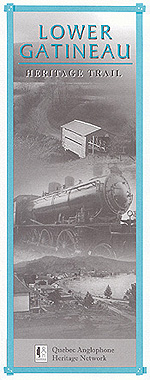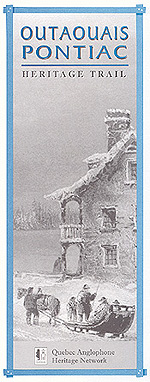About Outaouais Heritage WebMagazine
Outaouais Heritage WebMagazine is an initiative of the Quebec Anglophone Heritage Network (QAHN). As part of QAHN’s broader “heritage portal” -- Quebec Heritage WebMagazine -- Outaouais Heritage WebMagazine has been designed to serve as a window on the history of the Outaouais, a guide to the region's heritage, past and present, and as a way to encourage people of all ages to visit the region in person.
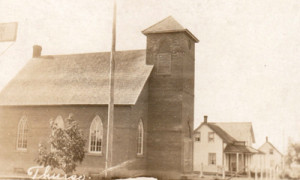
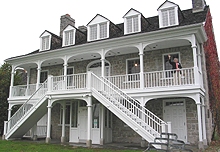 Aylmer -- now a part of the City of Gatineau -- has one of the most impressive concentrations of heritage buildings in Quebec. Many of them date from the first half of the 19th century. Many of them may be found within close proximity of one another in the old village centre.
Aylmer -- now a part of the City of Gatineau -- has one of the most impressive concentrations of heritage buildings in Quebec. Many of them date from the first half of the 19th century. Many of them may be found within close proximity of one another in the old village centre.
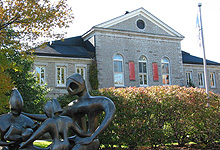 (Continued from Part 1)
(Continued from Part 1)
